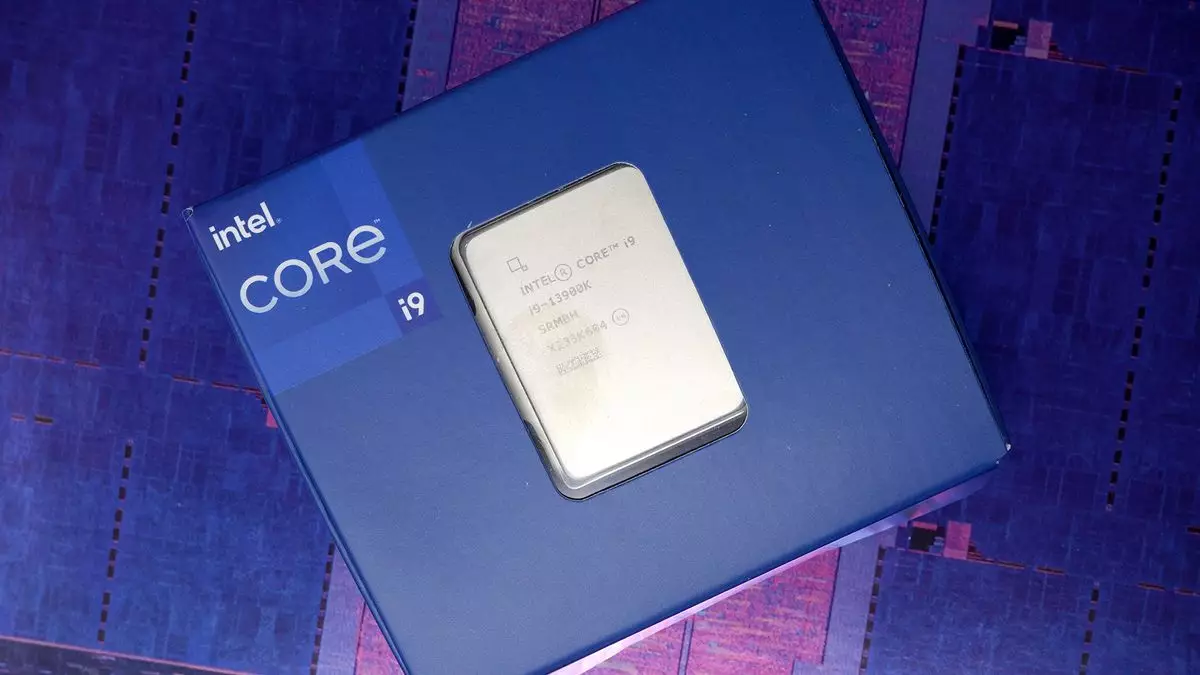In recent years, as the tech industry has experienced a rapid evolution, the conversation surrounding sustainability and waste management has become increasingly significant. An intriguing example of this dilemma can be observed in the packaging practices of consumer electronics, particularly the excessive use of packaging materials in shipping hardware. A personal anecdote serves as a poignant illustration: purchasing a standard eyebrow pencil that arrived in an unnecessarily large cardboard box. This scenario is not isolated, as many consumers have experienced similar frustrations, leading to a growing demand for more thoughtful and sustainable packaging solutions.
The Problem with Excessive Packaging
The issue of excessive packaging is prevalent across various product categories, particularly in the electronics sector. A common sight for many tech enthusiasts is the arrival of high-performance components, such as CPUs, nestled within a sea of styrofoam peanuts and oversized boxes. This not only generates a significant amount of waste but also contributes to a troubling perception of resource mismanagement. The environmental impact of such packaging is profound; materials like styrofoam are notoriously difficult to recycle, ultimately ending up in landfills and perpetuating the cycle of wastefulness.
The recent implementation of new European Union regulations is a significant step toward addressing these concerns. The Packaging and Packaging Waste Regulation (PPWR) aims to minimize the volume and weight of packaging materials while reducing unnecessary waste. This move represents a considerable shift in policy, indicating that regulatory bodies are beginning to recognize and act upon the unsustainable practices that have permeated the industry for too long.
As of February 11, 2023, the EU’s refreshed regulations have come into effect, providing manufacturers with an 18-month grace period to adapt to these new standards. A key focus of the PPWR is to make all packaging on the EU market recyclable by 2030, while also committing to a reduction in the use of virgin materials. This ambitious objective serves not only the European market but also sets a precedent for global standards in sustainable packaging.
However, the implications of this legislation extend beyond mere recycling. There is a growing concern that beloved components, such as bundled coolers often included with CPUs, may be deemed “unnecessary” in the face of regulatory scrutiny. While these accessories are appreciated by many, the question arises: are they widely utilized, or do they contribute to the problem of waste? Despite these uncertainties, the overarching message remains clear—manufacturers must prioritize sustainability, balancing practicality and eco-consciousness in their packaging practices.
E-waste is a significant concern that resonates deeply with many tech consumers. As technology continues to advance and replace older models, the resultant waste accumulates at an alarming rate. The new regulations enacted by the European Commission aim to combat not only the environmental degradation caused by wasteful packaging but also the growing concerns surrounding e-waste. By promoting less wasteful practices, the hope is to foster a culture of responsible consumption and production, ultimately contributing to a more sustainable future.
Pragmatically, while technicians and hardware enthusiasts often find original packaging beneficial for the protection of delicate components—especially during relocations—the push for smaller, more efficient packaging is undeniable. Compact boxes not only reduce waste but also improve storage efficiency, an aspect that all tech enthusiasts can appreciate.
The shift toward more sustainable packaging practices in the tech industry marks a crucial milestone in the ongoing dialogue about environmental responsibility. As consumers, we must advocate for changes that not only enhance our experience but also contribute positively to the planet. The European Union’s proactive approach exemplifies how regulation can drive industry changes, encouraging innovation while keeping environmental considerations at the forefront. By embracing these changes, we can pave the way for a greener future, where technology and sustainability coexist harmoniously.

